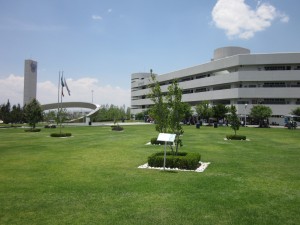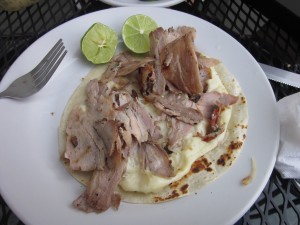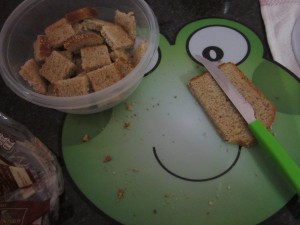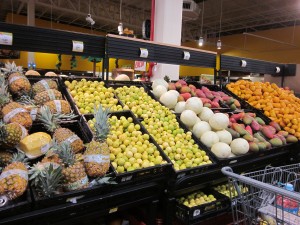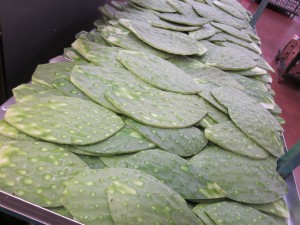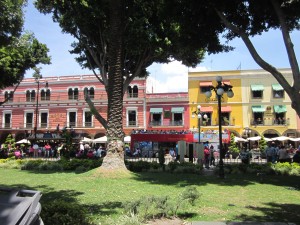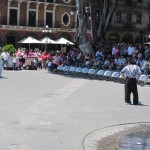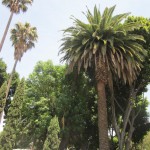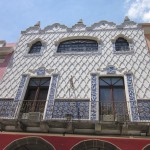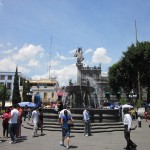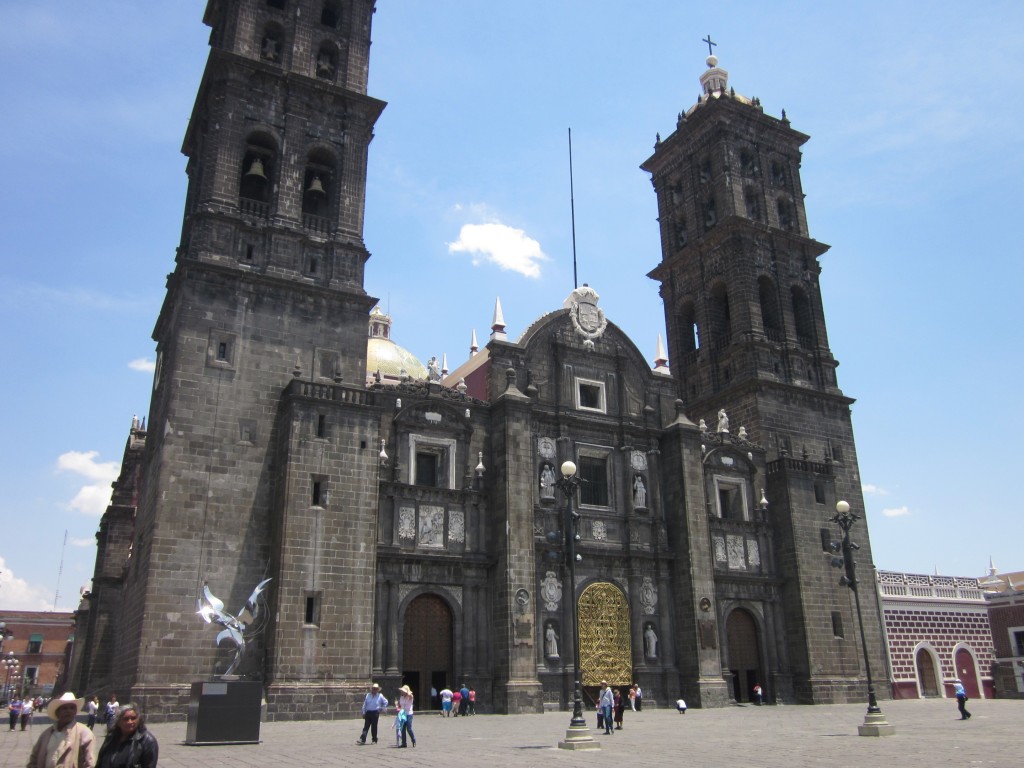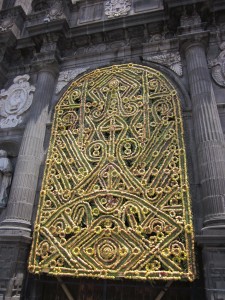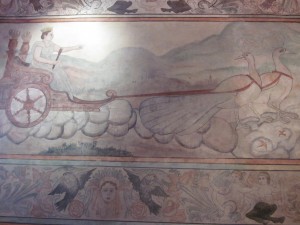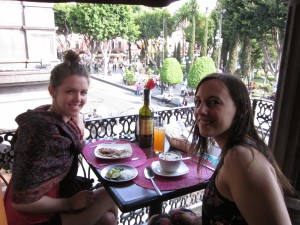There was a great deal of material to cover in today’s lesson, and I wanted to avoid lecturing for the entire class. I thus spent the morning preparing an interactive lesson for my students. It was about the process of eutrophication and the process of paper-making. During the first half of class, I described the process of eutrophication by telling a story (“Once upon a time, there was a beautiful pond…”) and I had the students illustrate it on the whiteboard. It may have been a coincidence, but it was all girls who volunteered to draw, while the boys were content to watch. Nevertheless, both parties seemed to be engaged.
To teach about paper-making, I showed the students a short video that animates the process, telling them to pay careful attention so that they could answer questions afterward. (If you’re curious, you can watch it at https://www.youtube.com/watch?v=7IP0Ch1Va44.) The students were duly attentive, and curious to learn more after the simple introduction to the process provided by the video. One student in particular had question after question after question on the paper-making industry. I was glad to answer him, but after several minutes I needed to move on to assigning the homework and wrapping up the lesson. I said so and suggested to him that he could speak with me after class if he had further questions. Unfortunately he took this the wrong way and became defensive, saying that I had wasted their time by having them play with clay (during one of last week’s lessons). Outwardly, I ignored his accusation and moved on with the lesson, but I was offended on the inside. Later on, another student came to me to thank me for using drawings to teach, saying that he had previously thought that reading was the best way to learn, but now realized that pictures helped him to understand things better.
Reflecting on all of this, I realized that significant changes in a classroom (such as having more interactive lessons rather than the lectures they’re accustomed to) are more difficult for some students to accept than others. This is not really surprising, as it is human nature to resist change, but I think that I was so excited to enhance their learning, based on what I had learned about teaching in Canada, that I overlooked this barrier. I hope that the students I’ve been teaching will benefit from my work with them, even if it is difficult for them to see how playing with clay and drawing pictures are worthwhile educational activities.
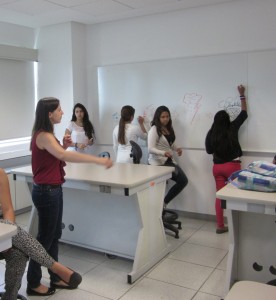
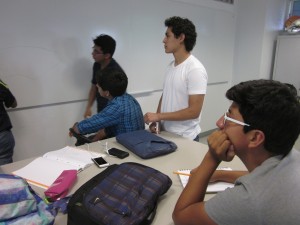
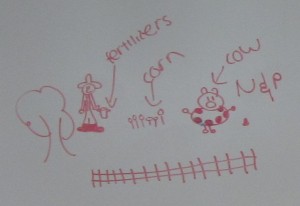
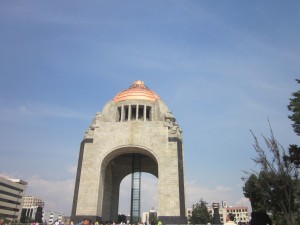
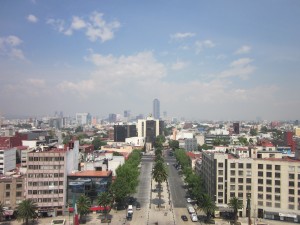
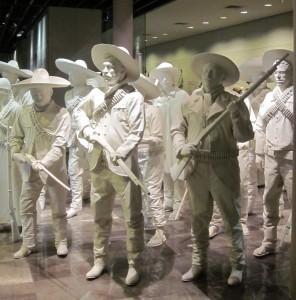
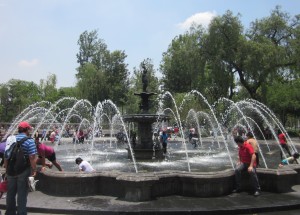
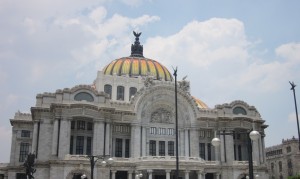
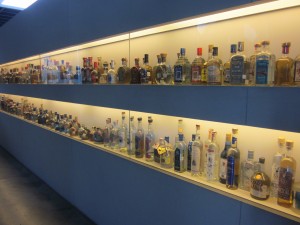
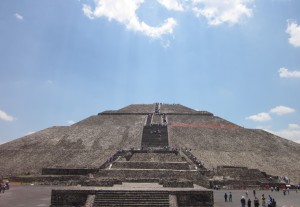
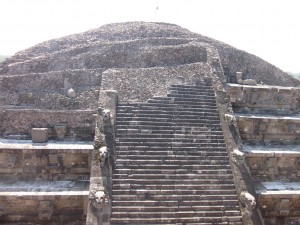
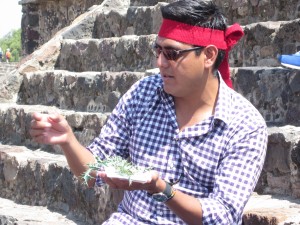
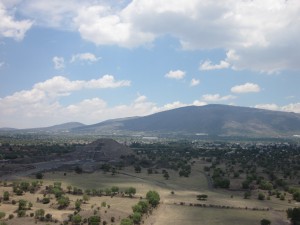
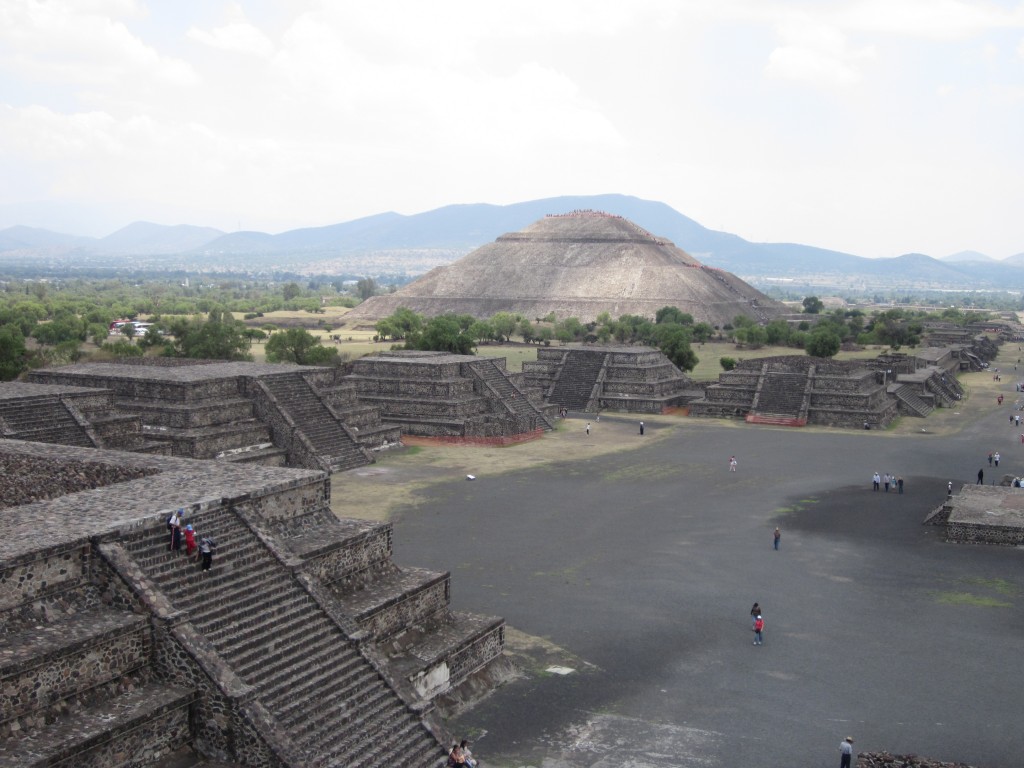
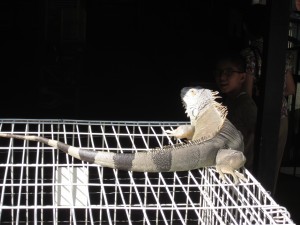
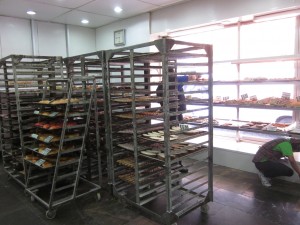 continued along our way, we stumbled upon a hidden gem of a bakery. It didn’t look like much, but it smelled incredible, and Kristina and I soon found ourselves purchasing a large bag of delicious sweet breads and pastries for only about four dollars Canadian.
continued along our way, we stumbled upon a hidden gem of a bakery. It didn’t look like much, but it smelled incredible, and Kristina and I soon found ourselves purchasing a large bag of delicious sweet breads and pastries for only about four dollars Canadian.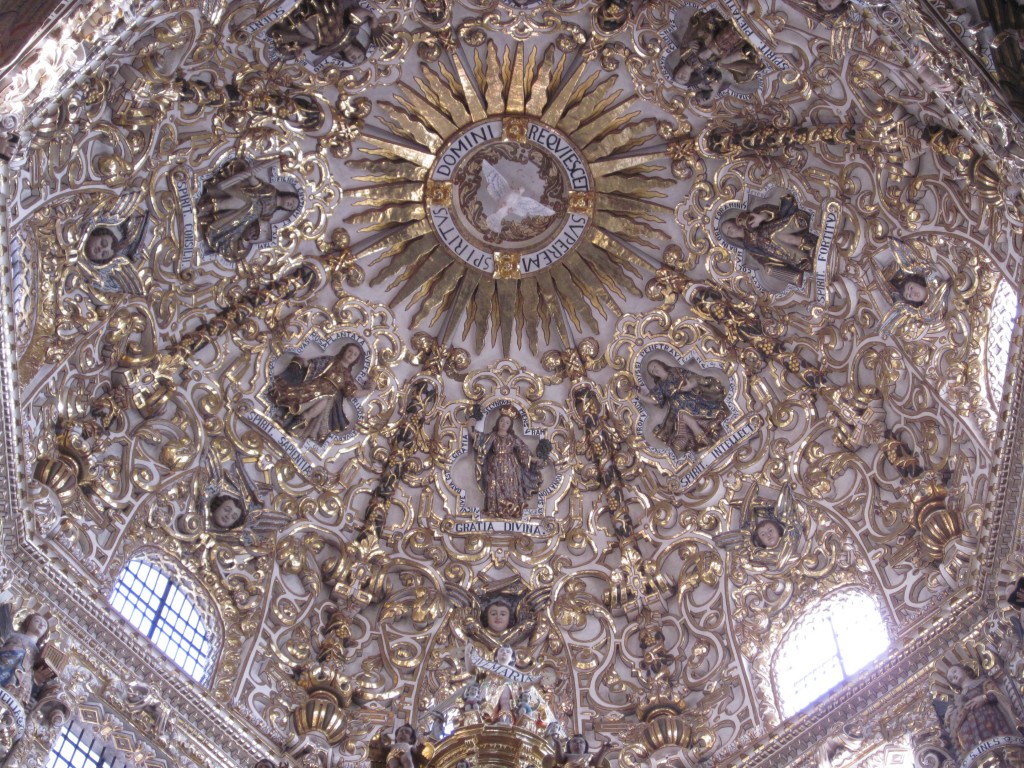
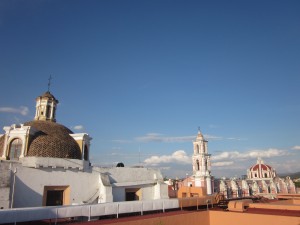
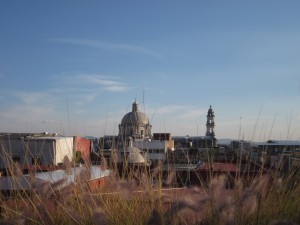
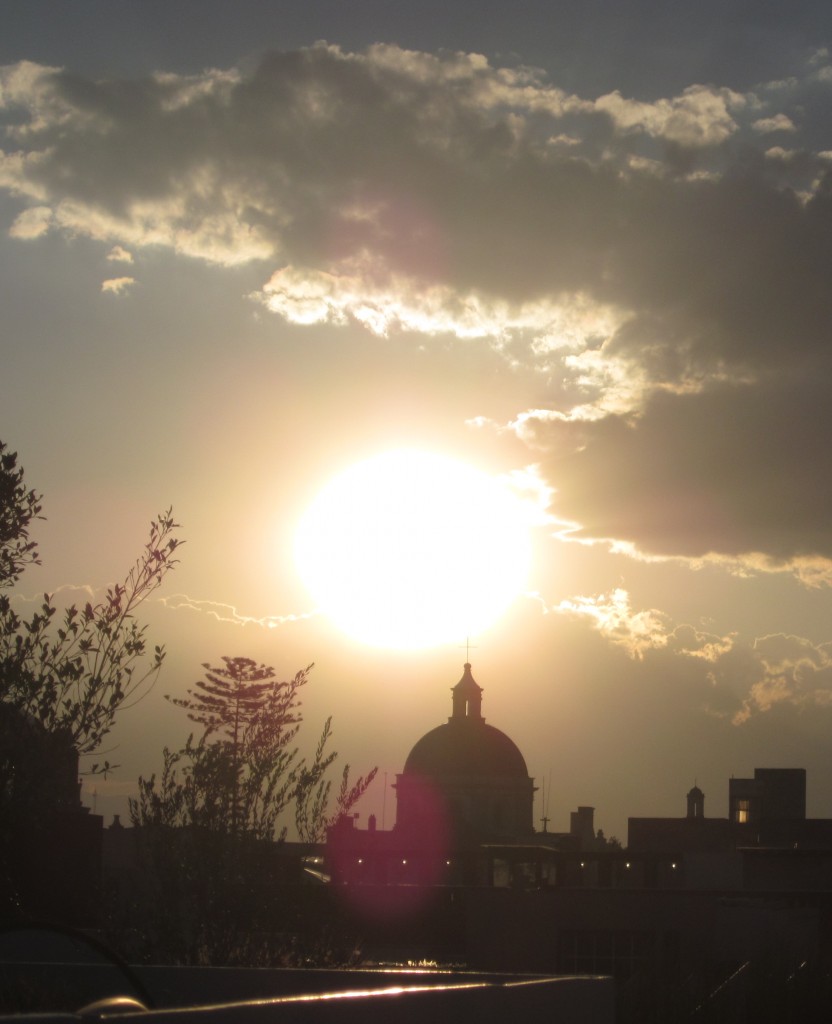
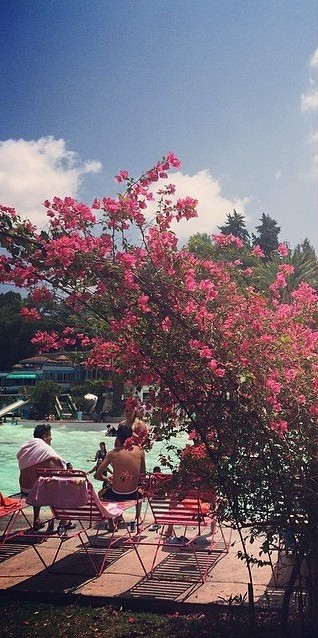
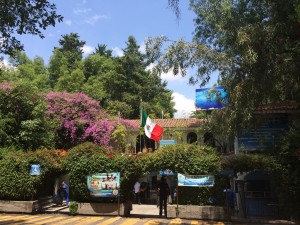
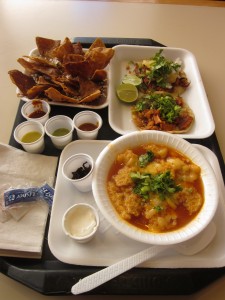 went right back to his friends to tell them of his foreign encounter.
went right back to his friends to tell them of his foreign encounter.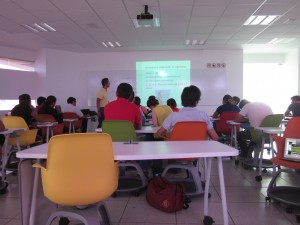
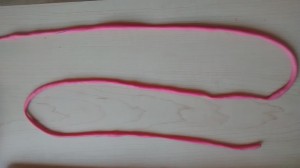
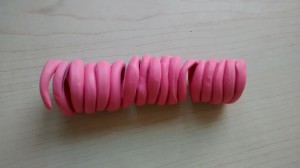
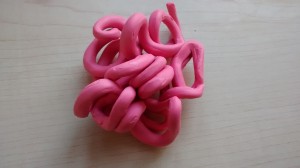
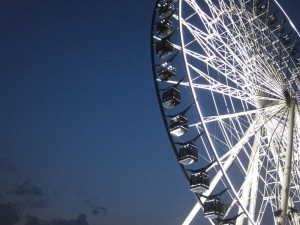
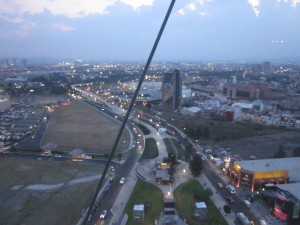
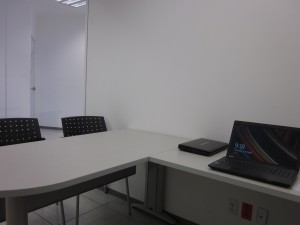
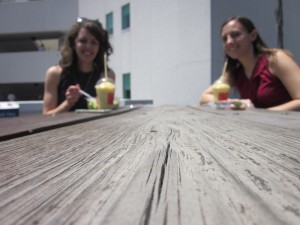 unshine, first enjoying some delicious mango-pina-coco smoothies at a picnic table, and then lounging on the grass, resulting in our first sunburns of the trip (tomorrow we will take more care to put on sunscreen!).
unshine, first enjoying some delicious mango-pina-coco smoothies at a picnic table, and then lounging on the grass, resulting in our first sunburns of the trip (tomorrow we will take more care to put on sunscreen!).